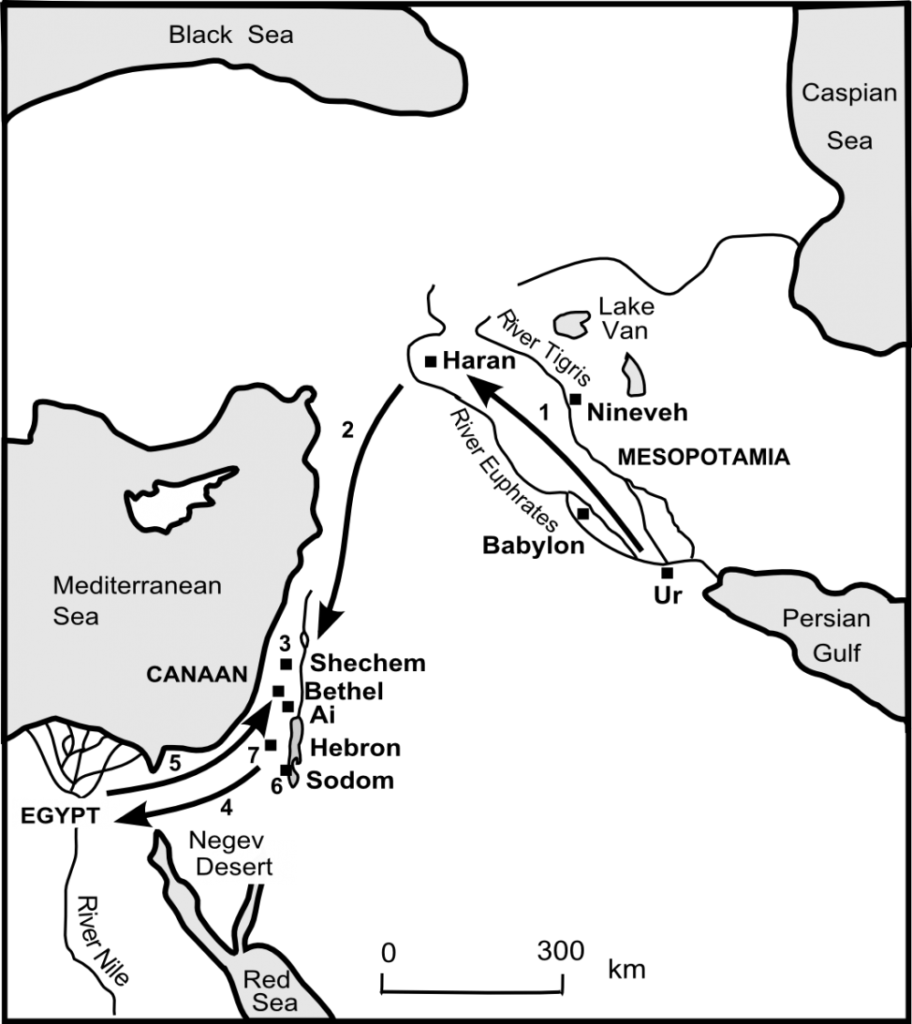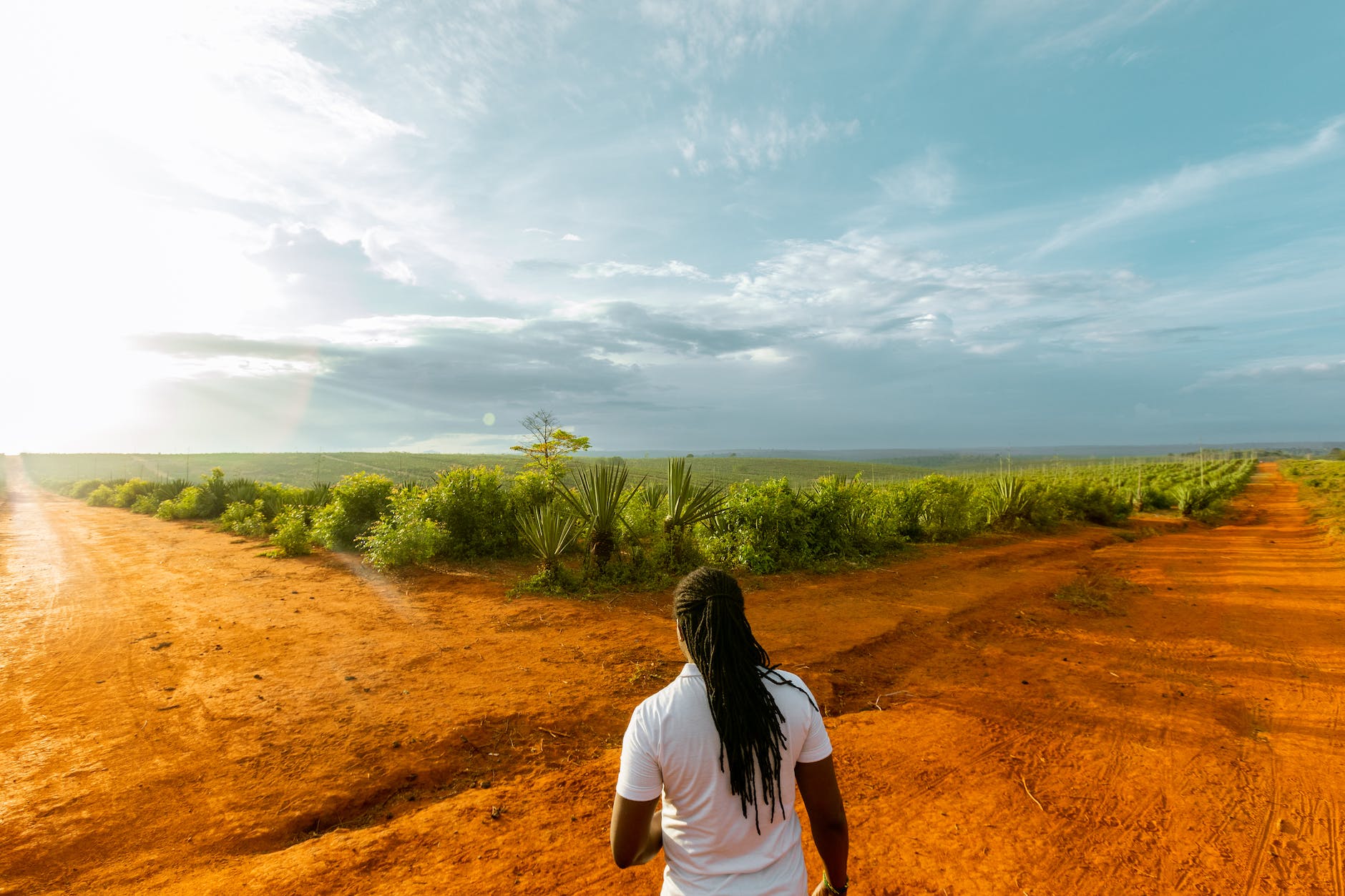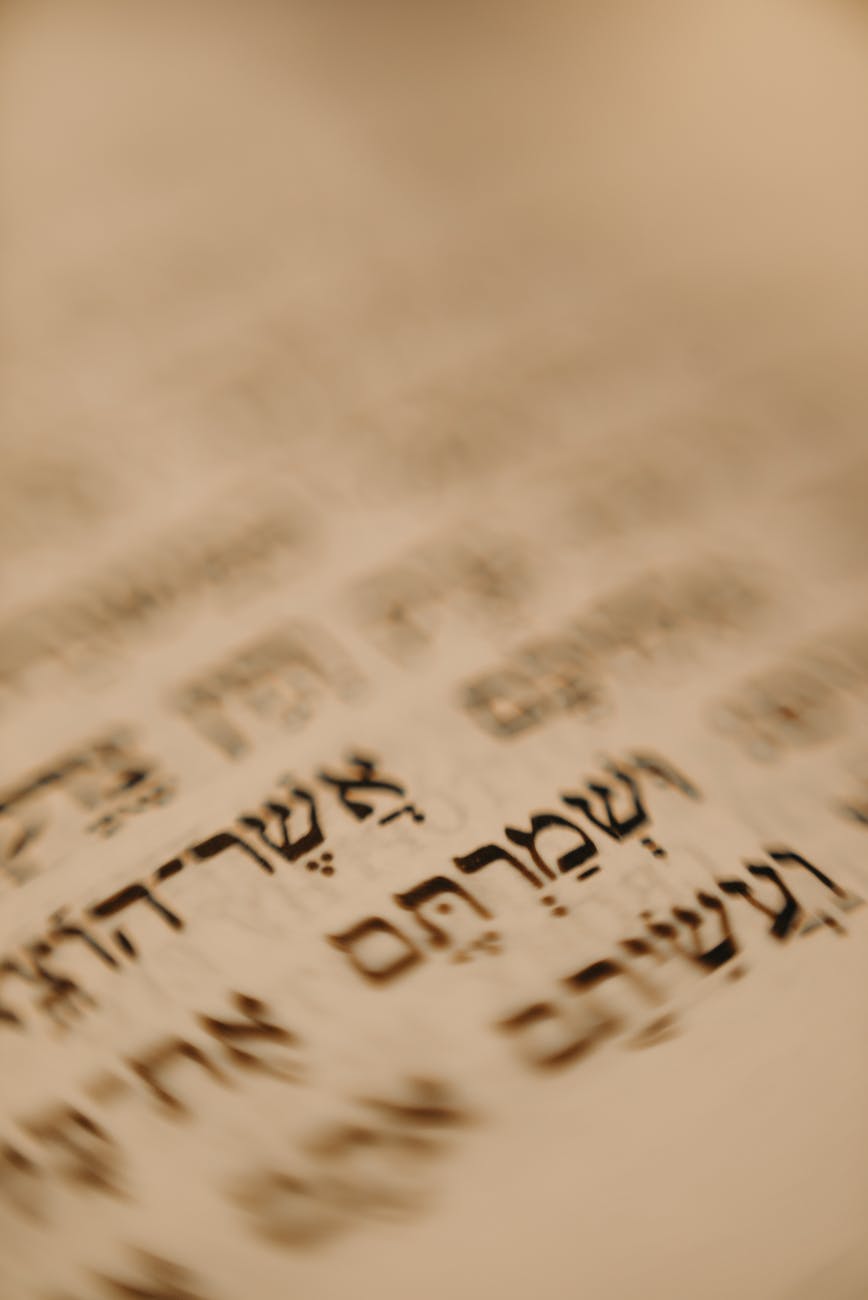Welcome to Bible Week, where I’m going to try and encourage you to read your Bible by giving you some understanding, a little bit of encouragement and hopefully the way to start applying it to your own life. Lesson one was all about understanding the Bible’s ‘meta-narrative’ i.e. it’s Big Story: Creation, Fall, Redemption and Restoration.
Therefore, if God creates, humans fall, God redeems and restores, what are all the little stories that feed into that story? In other words, what is the ‘narrative’?
I believe you can break the Bible down into six parts: Torah, Kingdom, Exile, Jesus, The Church and The Future. That’s what this set of lessons is all about: exploring each portion of the biblical narrative so you get an understanding of the whole picture.
What is the Torah?
We start our journey with the Torah (Hebrew for law). The Torah is the first five books of the Old Testament (Genesis – Numbers). It’s very important to note that to our modern ears, a book called law comes across like a boring encyclopaedia of instructions. The Torah is the opposite. It’s the story of God, the creator of the universe, plucking a people of his choosing from the lowest rungs of society and making them a people, giving them a place and most of all, giving them his presence. The Torah is the first step towards restoring shalom.
Torah Part One: Creation
Our story starts with creation in the first book of the Bible, Genesis. Crafted out of the dust of the earth by the hands of God, Adam and Eve live in God’s place, enjoying God’s presence and work joyfully in paradise of Eden.

God establishes a covenant with humans: be fruitful and multiply (Gen 1:28). Covenants are crucial to understanding the whole Bible. They are agreements between God and humans to accomplish a goal. Think of them as divine contracts, where we agree to work with God on earth to work towards restoring shalom. The first covenant with Adam and Eve is simple: cultivate the chaos of earth into an orderly garden. They are given divine sanction to build, plan, create and populate the planet. Be fruitful and multiply.
Covenants are crucial to understanding the whole Bible. They are agreements between God and humans to accomplish a goal. Think of them as divine contracts, where we agree to work with God on earth to work towards restoring shalom.
During their escapades, the Enemy shows up, convinces them to rebel against God and ruins it for the rest of us. Death enters the cosmos and the great fracture separates humans and God, humans from each other and the rest of creation. The fracture spirals out of control as humans choose murder, envy and injustice over and over again (Genesis 3 – 4).
In judgement, God begins again with a man called Noah, chosen to restore a wayward world back into shalom. He does this by flooding the world, saving Noah and his ark full of his family members with lots of animals. God makes another covenant with Noah: he will never flood the world again. The world is subsequently re-populated via Noah. Noah is the answer to Adam’s failure and the start of the redemption story (Gen 5 – 11). To really hammer the point home, what does God say to Noah? Be fruitful and multiply (Gen 9:7).
This story of redemption continues with Abraham, a descendant of Noah from a city called Ur from one of the earliest empires ever, Sumeria.

God makes a covenant with him: to establish a nation through him; a people that would live in Canaan and be a nation that blesses all the other nations. This promised land is known as Canaan and will become very significant as the story goes on. Abraham enters into this agreement and whilst we seal our contracts with signatures, Abraham’s sign of covenant with God is circumcision.
Abraham has Issac (Gen 21), who has Jacob (aka Israel) who has twelve sons. This growing tribe of Abraham’s kids, known as the Israelites (or Hebrews), settle on the other side of the Fertile Crescent in Egypt. The book of Genesis ends with Joseph, one of Jacob/Israel’s sons, who helps Egypt flourish as a part of Pharaoh’s government staff. Through Abraham, Issac and Jacob/Israel, God’s people prosper in Egypt.
Torah Part Two: Exodus
The book of Exodus begins several generations later when Egypt’s new Pharaoh forgets the past relationship between the Israelites and Egyptians. Like many modern rulers that are afraid of a thriving immigrant population, he decides to deal with them harshly. He enslaves them (Ex 1).
Cue Moses.
God calls Moses, the stuttering Hebrew-yet-half-brother of Pharaoh, to forgo his Egyptian roots and free the Hebrews. He judges Egypt and Pharaoh with ten plagues, the last of which was the devastating death of the firstborn son – Passover. Battered by the almighty hand of God, Pharaoh reluctantly lets the Israelites go (Ex 6 – 12).

But the story does not end with freedom from captivity, but a journey to that promised land of Canaan. It’s on this journey that God establishes another covenant with Moses: to become a kingdom of priests and a holy nation (Ex. 19 – 24). The sign of this covenant was Sabbath – a day of complete rest, which for ex-slaves, must’ve been wonderful.
Nevertheless, from Sinai, God gives Moses the ‘Torah’ (Hebrew for law), written on stone tablets. Although invisible, this God isn’t some impersonal force, God dwells amongst the Israelites in a mobile temple called the ‘Tabernacle’. As a pillar of smoke by day, and fire by night, God leads his people to their promised home.
Torah Part Three: The Wilderness aka Numbers
The book of Numbers describes the perilous journey to Canaan through the wilderness. Filled with rebellion, hunger and strife, the 600,000 Israelites wander the Sinai desert for forty years, led by Moses and the presence of God.
Why so long you ask? Because throughout the journey the people rebel, wish to return to Egypt, fight among themselves, declare their allegiance to other gods and resist all that God is calling them to. So, God judges his people, letting the first generation die in the desert (Num 14).
Even Moses, the greatest Israelite prophet in the Old Testament, has a brief spat of disobedience and he is tragically not allowed to step into the promised land (Num 20).

Torah Part Four: The Promised Land
After the forty-year wander in the wilderness, the children of the rebellious generation eventually step into Canaan. And so, on the border of Canaan, Moses remembers and revisits all that the Israelites have gone through, commanding them to love the Lord their God with all their heart, soul and strength. This is the book of Deuteronomy, Moses’ beautiful and final plea with Israel to ‘Shema’ (listen).The Shema remains one of the best-known prayers in all Judaism. It’s the equivalent of the Lord’s Prayer (Deut 6:4 – 5):
Hebrew: She-ma yisrael, adonai eloheinu, adonai echad
English: Hear O’ Israel, the Lord is our God, the Lord is One
The Shema prayer – Deuteronomy 6:4-5
The Shema describes what Moses is trying to urge his people to do throughout Deuteronomy: Listen to God and love with everything they have. And there, having seen redemption, rebellion and finally restoration of his people Moses dies, leaving his protegee Joshua to lead the people to the promised land.
That’s it. That’s the foundation of the Bible, the Torah. Remember, the Torah is the base on which the entire Jewish religion is built. A chosen people, rescued by the one true God who were given a divinely appointed place on earth where he could dwell with them, and they with him. God’s people, in God’s place, filled with God’s presence. Sounds a bit like shalom.
The Deep Work
Remember, this week is about comprehension, understanding the story of scripture. Here are your ten questions for the day.
- What are the first five books of the Bible called?
- Finish this sentence: Shalom can be described like this: God’s _______ , in God’s _______, filled with God’s ______.
- God calls four people to do specific things in the first five books of the Bible. Who are they? (A, N, A, M are the letters of their first names).
- A N A M. What are their specific covenants?
- Why can Noah’s story be described as ‘re-creation’?
- What was proof that you were part of Abraham’s family?
- What was the point of the ten plagues?
- What did God give to Moses on Mount Sinai?
- Israel is rescued from which nation, and eventually led to which nation as their ‘promised land’?
- The central point of Deuteronomy is for Israel to ‘Shema’. What does shema mean?
Remember, the Torah is the base on which the entire Jewish religion is built. A chosen people, rescued by the one true God who were given a divinely appointed place on earth where he could dwell with them, and they with him. God’s people, in God’s place, filled with God’s presence. Sounds a bit like shalom.
If you liked this…
Don’t forget, you can pick up a free copy of ‘The Beginner’s Guide to the New Testament’ – sign up here.









